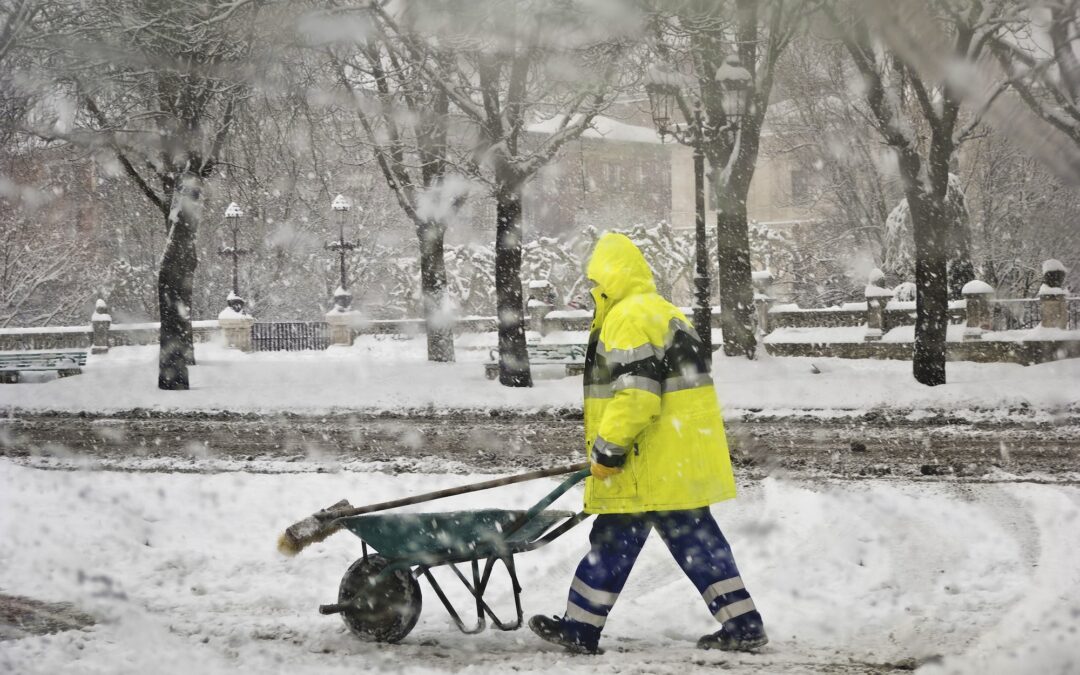Every year, many workers miss work due to conditions from exposure to cold weather while working outdoors. When it comes to working in cold weather, it is very important to take the necessary precautions to avoid injuries and illnesses that are prone to working in adverse conditions. Preparation is important to avoid any negative impact of the cold environment. Having a well-laid-out plan for “Working Safely in Cold Weather” is necessary to keep business operations moving smoothly, and to avoid devastating injuries to employees and customers.
Discussion Points:
• Have a well-laid-out plan for “Working Safely in Cold Weather”
• Provide employees with a safe work environment
• Preventative measures, safe work practices, and PPE
• Training employees to recognize signs and symptoms of cold stress
• Most conditions are preventable
Discussion:
OSHA does not require specific standards covering working in cold weather; however, under the Occupational Safety and Health Act of 1970, employers must provide employees a safe work environment, and take into consideration potential risk of hazards associated with inclement weather likely to cause serious injury or death. It is important that employers monitor the environment in which their employees work. The National Oceanic and Atmospheric Administration Weather Radio is a nationwide network of radio stations broadcasting weather information from the nearest National Weather Service office. Supervisors can tune into this network at any time for the local weather report, to stay current on the forecast, temperature, and wind chill factor. Employers should set several safeguards for workers to comply with, which include: scheduling frequent short breaks in a warm and dry area, providing warm sweet beverages, and encouraging workers to stay hydrated because proper hydration is important to maintain physical endurance. Use the buddy system; working in pairs is appropriate for safety reasons, so coworkers can identify signs of dangerous conditions, and be there for one another in the event that someone should show symptoms of a cold-related illness or injury, notify management, and get medical assistance immediately if necessary. Use engineering controls such as radiant heaters, and personal protective equipment (PPE). When it comes to working in a cold environment, you need to be prepared. Dressing appropriately from head to toe is very important in preventing cold-related illnesses and injuries.
Employers should ensure that all employees participate in regular safety training sessions and use all safety precautions. Training should include: how to recognize signs and symptoms of “cold stress”, how to prevent these injuries and illnesses, and what to do to help those who are affected. Cold environments put workers at risk of “cold stress” and slip and fall injuries caused by icy and snow-covered surfaces, and most of these are preventable.
As always, stay safe out there!


Recent Comments